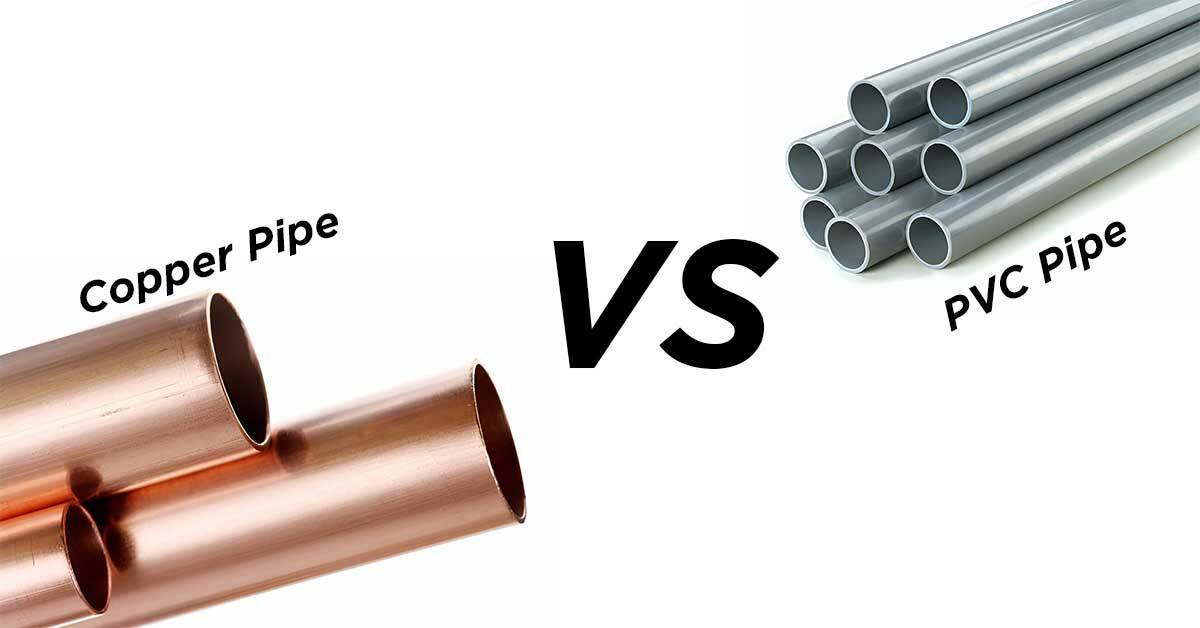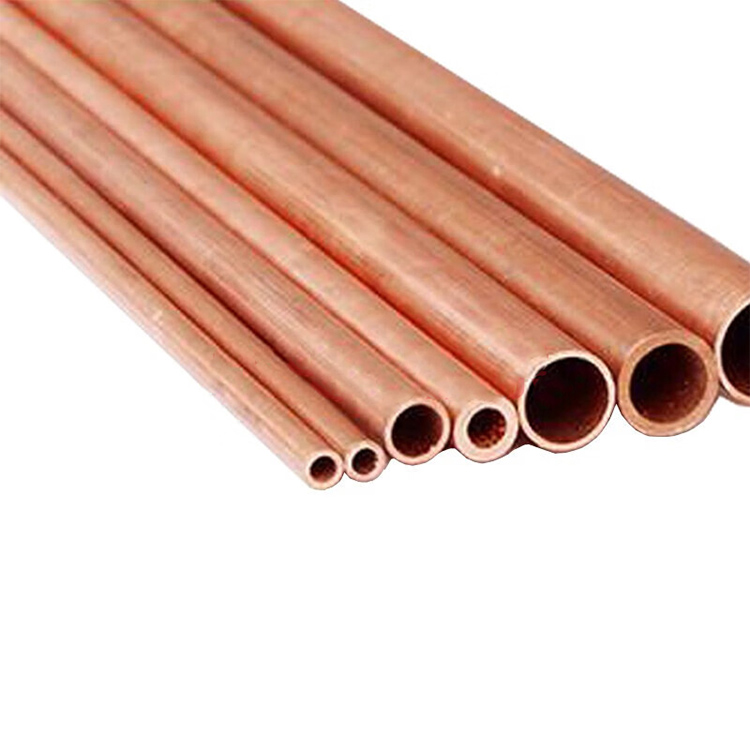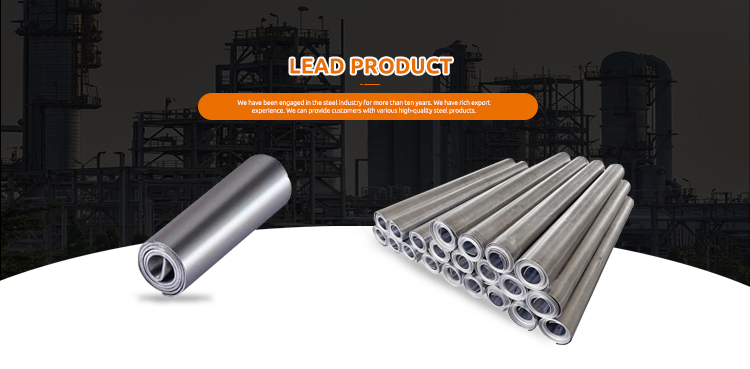Views: 0 Author: Site Editor Publish Time: 2025-03-14 Origin: Site
Choosing the right pipe material is essential for both the safety of your water supply and the long-term efficiency of your plumbing system. Pipe safety refers to both the protection of your health and the durability of the materials used in the system. Since water pipes are essential to the daily life of a household, understanding which material is safer can help you avoid health risks, potential damage, and costly repairs.
Water pipes come in various materials, but PVC and copper are two of the most commonly debated choices due to their distinct properties and impacts on health and safety.

PVC (Polyvinyl Chloride) is a synthetic plastic polymer used widely in construction, especially for plumbing. PVC pipes are made by polymerizing vinyl chloride, a compound derived from natural gas and oil. They are durable, lightweight, and resistant to corrosion, which makes them an attractive option for plumbing.
| Category | Advantage/Disadvantage | Description |
|---|---|---|
| Cost-Effectiveness | Advantage | PVC pipes are more affordable compared to copper, with inexpensive materials and straightforward installation. |
| Ease of Installation | Advantage | PVC pipes are lightweight, flexible, and easy to cut and assemble, making them ideal for DIY projects. |
| Durability Against Corrosion | Advantage | PVC is highly resistant to corrosion, making it a great choice for cold water systems and drainage. |
| Lightweight Properties | Advantage | The lightness of PVC pipes makes handling and transporting them much easier, reducing labor costs during installation. |
| Sensitivity to Heat | Disadvantage | PVC is not suitable for high-temperature water applications and can warp or weaken under high temperatures. |
| Brittleness Over Time | Disadvantage | Exposure to UV rays and extreme temperatures can cause PVC to become brittle, potentially leading to cracks and leaks. |
| Environmental Concerns | Disadvantage | PVC is difficult to recycle and produces toxic chemicals during production, raising environmental concerns. |

Copper pipes are made from a naturally occurring metal, copper, which has been used for plumbing for thousands of years. Copper is durable, resistant to corrosion, and has natural antimicrobial properties, making it a popular choice for water supply lines, especially in residential plumbing systems.
| Category | Advantage/Disadvantage | Description |
|---|---|---|
| Longevity and Durability | Advantage | Copper pipes have a long lifespan, often lasting 50 to 70 years or more when properly installed and maintained. They are resistant to corrosion and wear. |
| Corrosion Resistance | Advantage | Copper is highly resistant to corrosion and can handle exposure to high water pressure and temperatures. |
| Health Benefits | Advantage | Copper pipes are biostatic, meaning they prevent the growth of bacteria on their surface, providing cleaner and safer drinking water. |
| Recyclability and Eco-Friendliness | Advantage | Copper is fully recyclable, making it a more environmentally friendly option compared to PVC pipes. |
| High Cost | Disadvantage | Copper pipes are significantly more expensive than PVC pipes due to the cost of the raw material and the complexity of installation. |
| Difficulty in Installation | Disadvantage | Copper pipes require soldering and professional expertise to install, which can increase labor costs. |
| Potential for Pinhole Leaks | Disadvantage | Over time, copper pipes may develop small leaks known as "pinhole leaks," which can be difficult to detect and cause water damage. |
Is PVC Safe for Drinking Water?
PVC pipes are generally considered safe for drinking water as long as they meet industry standards. However, there are concerns about chemical leaching from PVC, especially when the pipes are exposed to high heat or sunlight. Certain chemicals in PVC, like vinyl chloride and phthalates, may potentially leach into the water, especially in older pipes.
Regulations and Standards
In many countries, PVC pipes are approved for use in drinking water systems. However, it’s important to ensure that the PVC pipes you use meet ANSI/NSF standards for potable water. These standards ensure that the pipes are safe for drinking water.
Are Copper Pipes Safe for Drinking Water?
Copper pipes are known to be safe for drinking water and have been used for centuries for this purpose. Copper has natural antimicrobial properties, which help to keep the water supply clean and free from bacteria. This makes copper a safer option for water supply lines. At Shanghai Huaxinzhonghui Steel Co., Ltd., we offer high-quality copper pipes that meet industry standards, ensuring the safety and longevity of your plumbing systems. Our copper products are designed for durability and optimal performance, providing reliable and safe water supply solutions for your home or business.
Risks of Copper Leaching
Copper can leach into drinking water under certain conditions, particularly in acidic water. However, the levels of copper are typically not harmful and fall within safe drinking limits. To prevent copper leaching, it's essential to maintain a neutral pH in the water and ensure the water's temperature is controlled.
Lead Solder in Older Copper Pipes
An important concern for older copper piping systems is the use of lead-based solder in joints. Lead leaching can occur if the solder contains lead, which can contaminate drinking water. It's important to replace old piping with newer, lead-free copper pipes to avoid this risk.
| Aspect | PVC Pipes | Copper Pipes |
|---|---|---|
| Chemical Leaching | PVC may leach chemicals like vinyl chloride and phthalates, especially under heat or sunlight. It's safer in cold water systems. | Copper is generally safer for leaching but can release copper under acidic conditions. Regular maintenance helps prevent this. |
| Antimicrobial Properties | PVC pipes do not have antimicrobial properties. | Copper has antimicrobial properties, inhibiting bacteria, fungi, and algae growth, ensuring cleaner water. |
| Durability | PVC is durable but may become brittle over time, especially with UV exposure. Regular inspections are needed. | Copper pipes are durable but may develop pinhole leaks over time. Regular maintenance is needed to monitor for leaks. |
| Maintenance Concerns | PVC requires regular checks for cracks or brittleness. | Copper requires checking for corrosion and pinhole leaks, especially in older systems. |
PVC's Environmental Impact: The production of PVC pipes involves toxic chemicals, such as vinyl chloride, which are harmful to the environment. PVC is also challenging to recycle, and discarded pipes contribute to landfill waste.
Health Concerns: PVC pipes may leach toxins into the water, particularly when exposed to high temperatures or UV light. For safe use in drinking water, it's essential to ensure that the pipes meet proper standards.
Recyclability of Copper: Copper is highly recyclable, reducing its environmental impact. Copper mining and production can be energy-intensive, but it is still a more sustainable option in the long run because it can be reused without degradation.
Health Considerations: Copper pipes provide cleaner water by preventing bacterial growth. However, lead solder in old copper systems can pose a significant health risk. Ensuring that the pipes are free from lead-based materials is crucial.
Upfront Costs: PVC is more affordable than copper, both in terms of material and installation. Copper pipes are more expensive but offer long-term benefits in terms of durability.
Long-Term Costs: Copper pipes have a longer lifespan and require fewer replacements, while PVC pipes may need replacement sooner if exposed to UV light or high temperatures.
PVC: PVC pipes typically last 25 to 40 years under normal conditions but may need replacement sooner if exposed to heat or UV light.
Copper: Copper pipes can last 50 to 70 years or more if properly maintained, making them a more durable option in the long run.
PVC: PVC pipes are easy to install and do not require special tools or skills.
Copper: Copper pipes require skilled labor for installation, including soldering joints. However, copper’s durability often offsets the higher initial cost of installation.
PVC: Best for cold water systems, drainage, and waste lines. It is ideal for low-pressure applications.
Copper: Ideal for hot water lines, drinking water systems, and areas where long-term durability is needed.

Both PVC and copper pipes have their pros and cons. Copper pipes are durable, provide antimicrobial benefits, and are safer for drinking water but are more expensive. PVC pipes are cost-effective, easy to install, and corrosion-resistant but may leach chemicals under heat. When deciding, consider water temperature, environmental factors, and budget. Consulting a professional plumber helps ensure the best choice for your home. At HXZH, we offer high-quality copper and PVC pipes that meet industry standards for durability and safety.
Q: Can PVC pipes be used for hot water systems?
A: PVC pipes are not suitable for hot water systems as they are vulnerable to deformation and damage under high temperatures. For hot water applications, CPVC pipes are recommended as they can withstand higher heat.
Q: How can I tell if my copper pipes are leaching harmful amounts of copper into my water?
A: You can test the water for copper content, or if the water has a metallic taste, it's a sign that copper leaching may be occurring. To prevent this, ensure your water's pH is balanced and avoid highly acidic water.
Q: Is it necessary to replace PVC pipes every few years?
A: PVC pipes typically last 25-40 years, but their lifespan can be shorter if exposed to UV light or extreme temperatures. Regular inspections help identify potential damage before replacement is necessary.
Q: What are the long-term health risks of using PVC pipes in drinking water systems?
A: PVC pipes may leach harmful chemicals, like vinyl chloride, especially under high heat or prolonged exposure to sunlight. These chemicals can pose health risks, particularly in older systems or improperly maintained pipes.
Q: Is it possible to install copper pipes myself, or do I need a professional plumber?
A: Installing copper pipes requires specialized skills like soldering, making it difficult for DIYers. It's best to hire a professional plumber to ensure proper installation and avoid leaks or damage.
How Steel Bar Properties Are Influenced by Composition And Processing
How Carbon Content Affects the Performance of Carbon Steel Bars
Performance Characteristics And Advantages of 446 Stainless Steel Bar
Key Applications of 446 Stainless Steel Bar in High-Temperature Industries
Performance Comparison of 446 Stainless Steel Bar with Other Stainless Steel Materials
Email:info@hxzhsteel.com
WhatsApp: +86-181 1405 0633
Address: Floor 1, Building 2, No. 1876, Chenqiao Road, Fengxian District, Shanghai, China